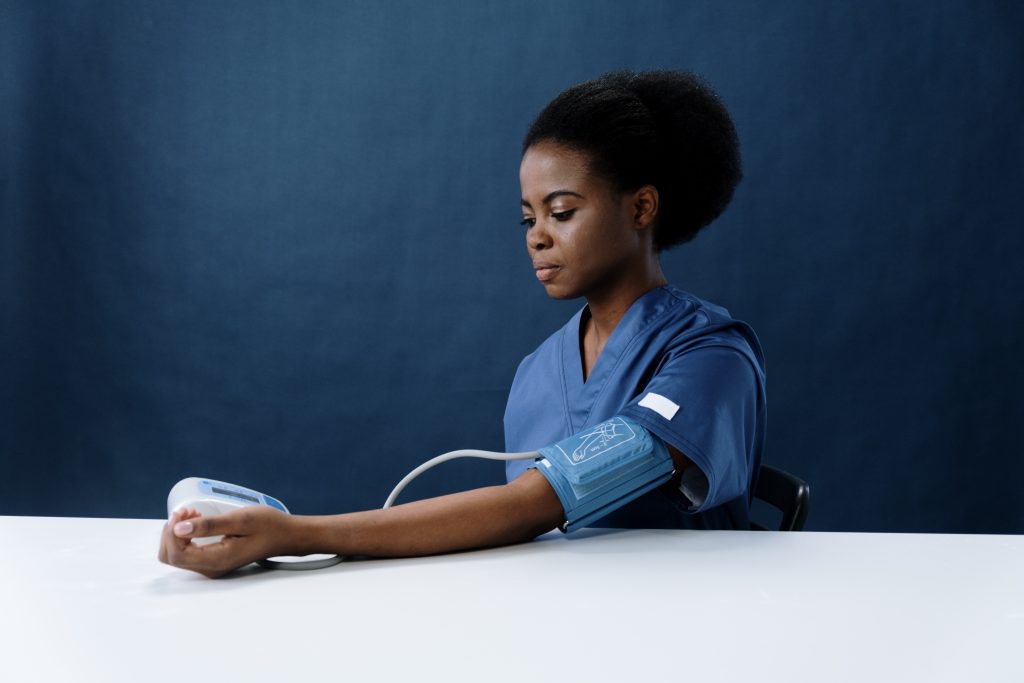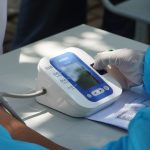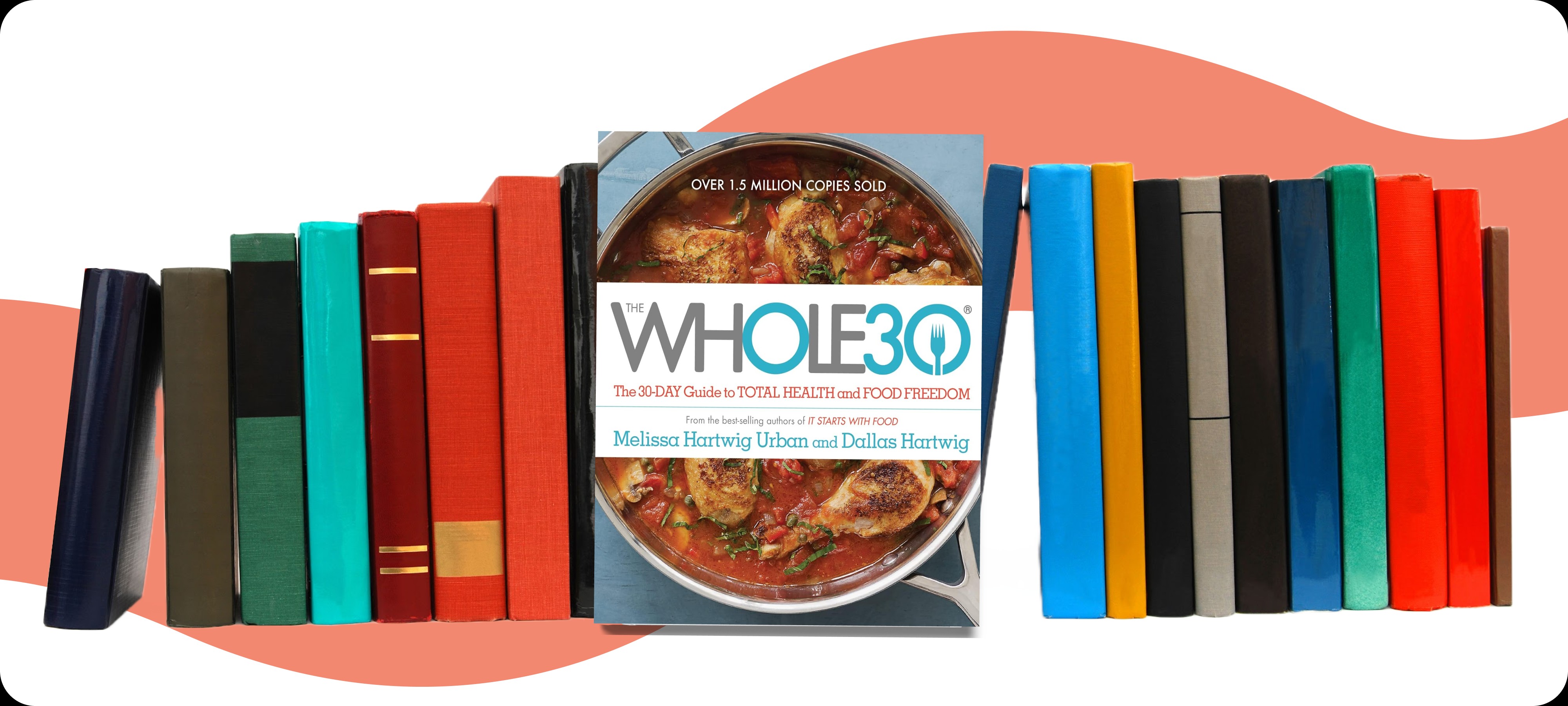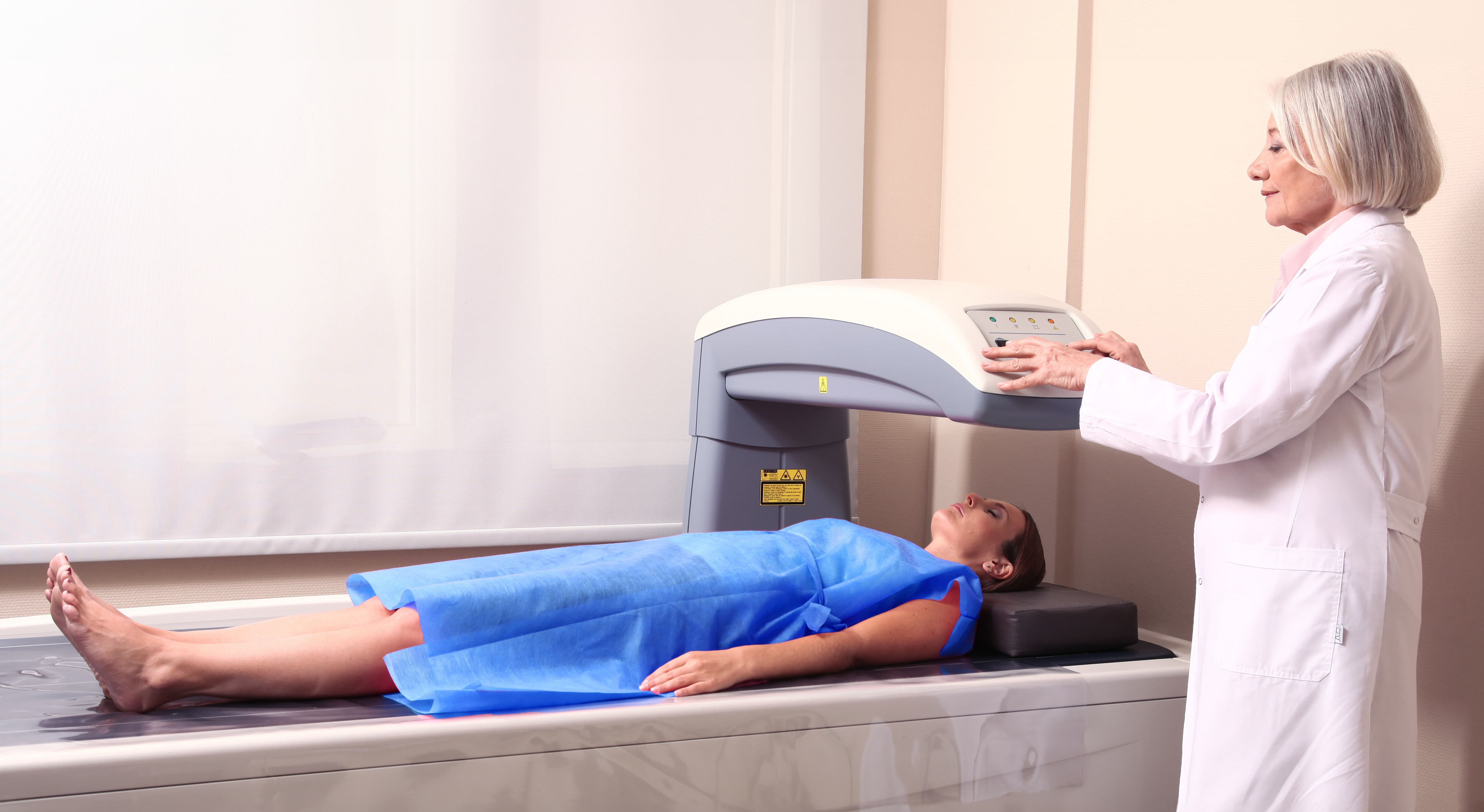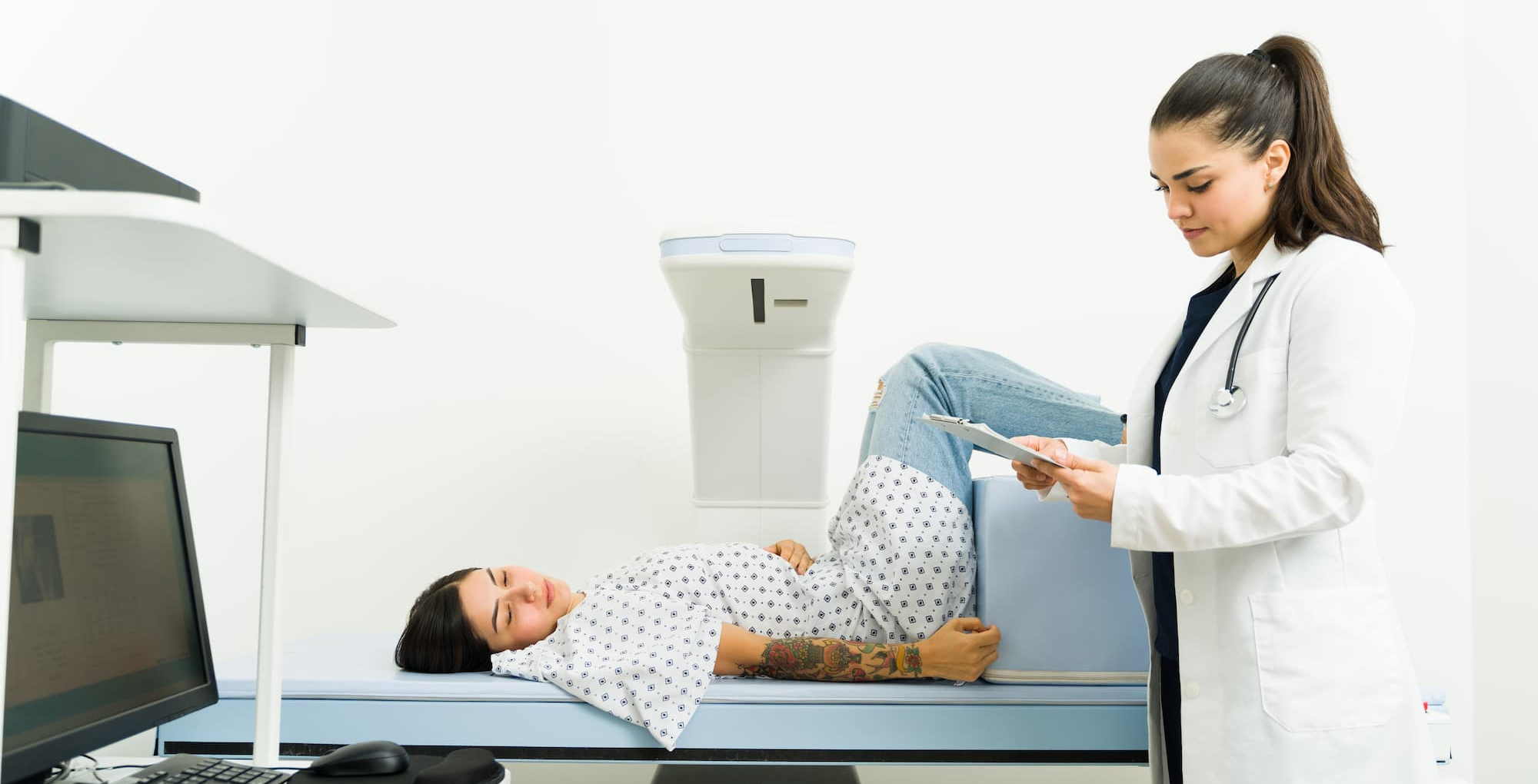Blood pressure (BP) is a great statistic that can help you understand the health of your body. High blood pressure means your heart has to work harder to pump blood through your arteries, potentially leading to a range of health problems.
Who should start measuring blood pressure?

How do you know when it is time to start checking your BP on a regular basis? Well, if you fall into one of the below categories, you should begin soon:
-
Adults over the age of 40
-
People with a family history of high blood pressure
-
People with certain medical conditions, such as diabetes or kidney disease
-
Anyone with symptoms of hypertension, such as headaches, dizziness, or chest pain
-
Anyone who is concerned about their BP and wants to monitor it regularly
-
Anyone who has been diagnosed with hypertension and is following a treatment plan to manage it
Equipment you need to measure your BP

If you are concerned about maintaining healthy blood pressure it may be time to invest in a blood pressure monitor. Blood pressure monitors are inexpensive and can be a good long-term investment to improve your well-being.
There are several designs of home blood pressure monitors and all of them are pretty simple to use:
Arm blood pressure monitors are the most common type of blood pressure monitor. The cuff placed around the upper arm is automatically inflated and deflated. The blood pressure reading is displayed on a screen. They give the be the most accurate results with a minimum number of errors.
Wrist blood pressure monitors use electronic sensors to measure blood pressure, and the readings are displayed on a digital screen. Wrist blood pressure monitors are typically small and portable, making them easy to use on the go. However, they may be less accurate than arm blood pressure monitors.
Manual blood pressure monitors are the old-fashioned type. They consist of a cuff and a bulb that is squeezed to inflate the cuff. A stethoscope is used to listen to the blood flow in the arteries, and the cuff is slowly deflated until the sound of the blood flow can be heard.
What time is the best to check your blood pressure?
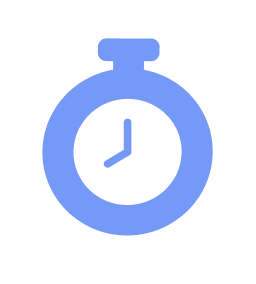
It is best to check your blood pressure in the morning. This is because our bodies are naturally programmed to run higher in the later hours of the day. This means that your blood pressure numbers are likely to be highest in the evening and lower (but still within a healthy range) in the morning.
It is important to mention, that measuring your blood pressure at any time of day is better than not measuring it at all. If you have busy mornings and you feel more comfortable and calm in the evening, measure your blood pressure later in the day.
Things to avoid before measuring your BP

1. Do not exercise or eat before taking your blood pressure. Exercise can increase your heart rate, while eating can temporarily raise your blood pressure. Both activities will affect the accuracy of your measurement.
2. Do not drink caffeinated beverages or alcohol for at least 30 minutes prior to measuring your blood pressure. Caffeine and alcohol can cause an increased heart rate as well as increased blood pressure.
3. Do not smoke before measuring your blood pressure. Nicotine can stimulate your cardiovascular system, leading to an inaccurate reading.
4. Avoid taking medications that affect the heart rate or blood pressure for at least 30 minutes prior to measurement. This includes over-the-counter medications, such as ibuprofen or aspirin.
5. Try to stay relaxed and comfortable prior to taking your blood pressure. Stress and anxiety can cause a spike in your readings.
6. Wear loose clothing that doesn’t restrict movement or breathing when measuring your blood pressure. Restrictive clothing can cause an inaccurate reading.
How to measure blood pressure step by step

Measuring blood pressure is a painless procedure. The only feeling you’ll experience is the brief squeezing sensation on your arm when the cuff inflates and deflates.
Follow these easy steps next time you need to take your BP at home:
1. Sit down and relax. Do not try to do this standing up. Sit with your back straight and your feet flat on the ground. If you have trouble keeping your balance, prop yourself up against a wall or a solid surface.
2. Place the cuff around your upper arm, making sure the bottom edge of the cuff is level with the centre of your armpit. The cuff should be snug but not too tight – you should be able to fit one or two fingers underneath it.
3. Pump up the cuff. If you are using a digital blood pressure monitor – just press the correct button, according to the device’s instructions. If you are using a manual version of the tool, pump up the cuff until you feel your pulse disappear beneath the cuff’s edge. At this point, you should stop pumping and wait for the reading to appear on the gauge. Once it does, write down the systolic number (the top number) and release the valve to let the air out of the cuff slowly.
4. Wait a minute or two and then repeat steps 2-4 with your other arm. Sometimes one arm has higher blood pressure than the other so testing both ensures an accurate reading.
5. Average out your two readings and that’s it. Some blood pressure monitors can take several readings and report the averages.
How to read your blood pressure results
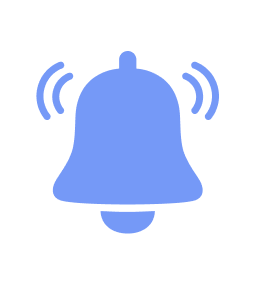
Most people are familiar with the basic blood pressure numbers: 120 over 80, for example. However, did you know that there are actually five different ranges of blood pressure, as recognized by the American Heart Association?
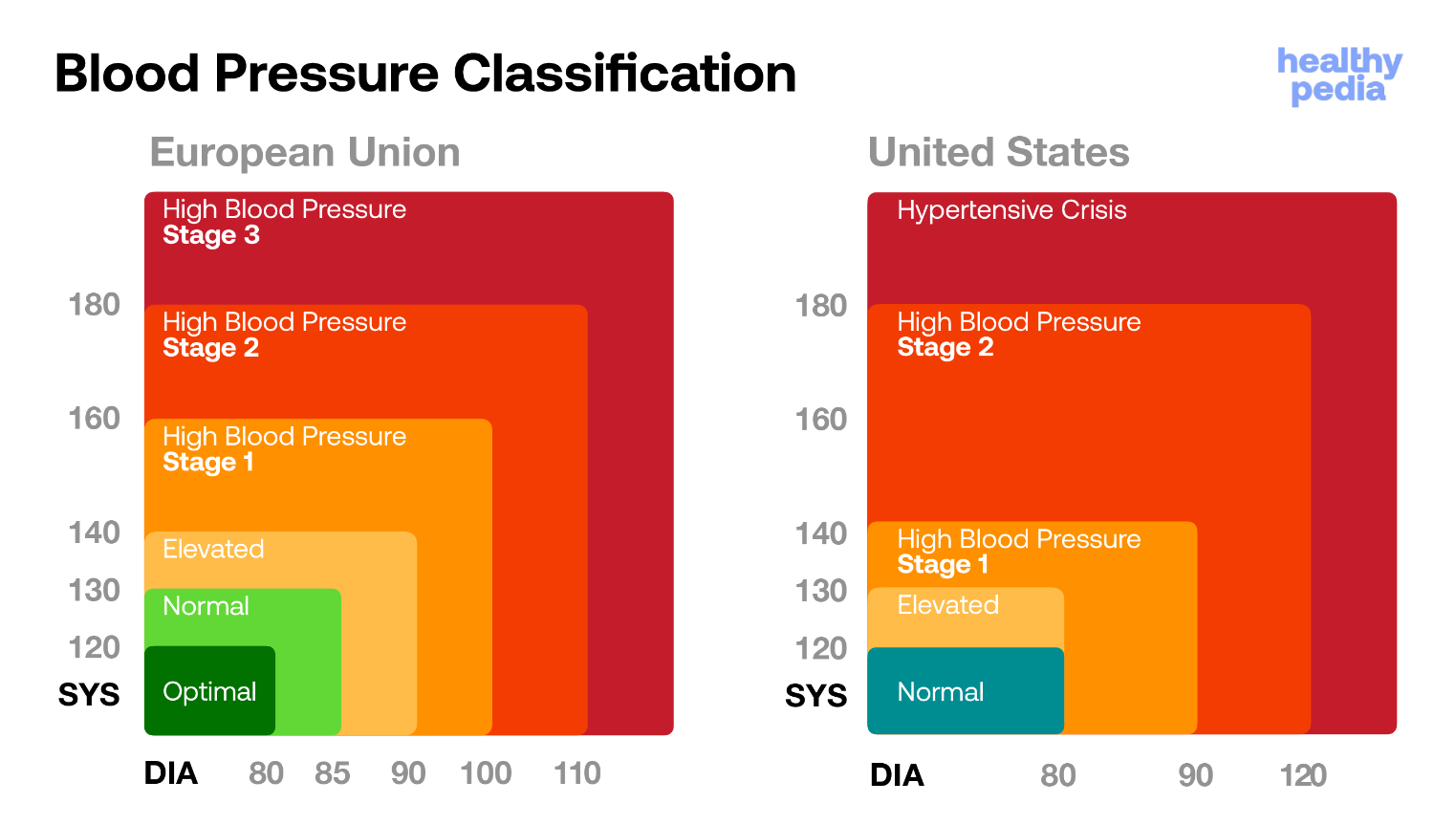
What should you do when you know your blood pressure category?

If you think you might have prehypertension or hypertension, don’t wait to see a doctor — the sooner you catch it, the easier it will be to treat. The American Heart Association notes that prehypertension can be treated with dietary and lifestyle changes; however, if those changes do not work, medication may be prescribed by a doctor.
Left untreated, prehypertension can lead to Stage 1 hypertension, which can then progress to Stage 2 hypertension and ultimately a hypertensive crisis. Hypertension is more likely to be treated with medication. A hypertensive crisis requires emergency medical attention.
Blood pressure lower than 90 over 60 is considered low (hypotension) and requires dietary and lifestyle changes.
How often should you check your blood pressure?

If you have recently begun monitoring your blood pressure, try doing it every day for over a week. This way you will understand your average numbers. After that, you can take measurements once every one to two weeks.
If you have any risk factors for high blood pressure – such as obesity or a family history of hypertension – your doctor may recommend having it checked more frequently.
Consider taking your blood pressure at the same time each day. This will give you a more consistent reading, as your body typically has peaks and drops in blood pressure throughout the day. It also helps if you keep a track of your readings in the notebook or your phone.
Keeping an eye on your blood pressure can help you spot problems early on and take steps to prevent them from getting worse. So be sure to have regular check-ups part of your health routine and stay on top of your cardiovascular health.
Why monitoring BP is important

Elevated systolic or diastolic readings may indicate health conditions like high cholesterol and an increased risk for stroke or heart attack, so it’s important to track your blood pressure levels closely and correctly if you want to ensure optimal health. It will give you vital information about your health conditions and health trends. Overall, blood pressure is a very accessible and accurate mirror of your general health.
Hungry for knowledge? Here is more:
In this interview by Mayo Clinic Radio, Dr. Sandra Taler, a specialist in hypertension, discusses the guidelines for blood pressure categories. This was recorded in 2017, immediately after guidelines in the U.S. were renewed for the first time in 14 years.

